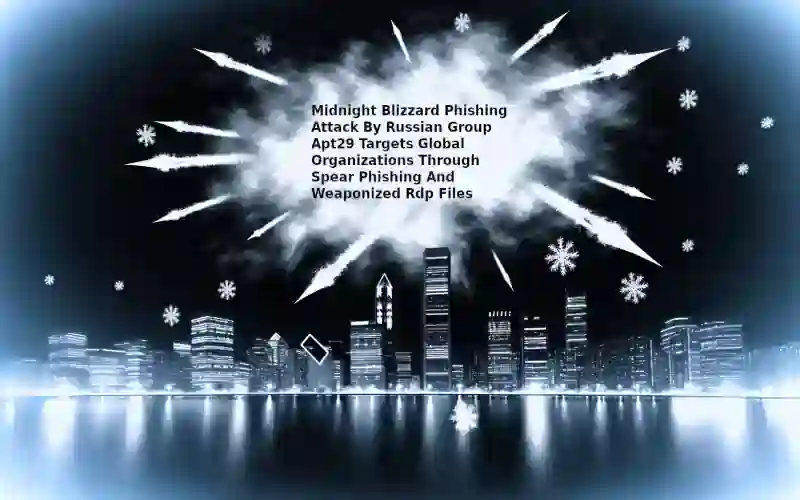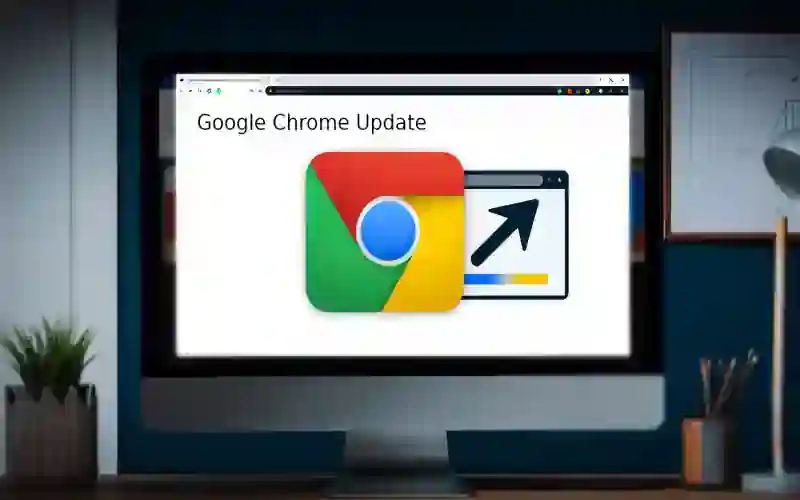
“Unshielded Targets: How CosmicBeetle Exploits Weak SMB Defenses with ScRansom”
**Understanding CosmicBeetle: A Deep Dive into Its Exploitation of SMB Vulnerabilities**
In the shadowy corners of the cyber world, a new menace looms large over small and mid-sized businesses (SMBs), which are often less fortified against digital threats. Dubbed CosmicBeetle, this threat actor has been exploiting old vulnerabilities to launch attacks on SMBs globally, revealing a worrying trend in cybersecurity negligence among smaller enterprises.
Cybersecurity researchers at ESET have recently uncovered that CosmicBeetle has been deploying a particularly nasty piece of ransomware known as ScRansom. This Delphi-based malware is not just another run-of-the-mill threat; it specifically targets SMBs across various sectors by exploiting critical vulnerabilities like EternalBlue and Zerologon, along with newer ones identified in recent years. The choice of these vulnerabilities highlights a disturbing oversight in many SMBs: the lack of regular security updates and audits.
ScRansom employs a sophisticated encryption scheme using AES-CTR-128 for file encryption, complemented by an RSA-1024 key pair for key management. What makes ScRansom particularly daunting is its ability to partially encrypt files based on their extensions, rename them with a “.Encrypted” extension, and then demand ransom through a complex decryption process that is both slow and error-prone.
The operation of ScRansom includes terminating specific processes and services to hinder any defensive measures that might be in place. Its GUI-based operation is equipped with debug features, adding another layer of complexity to its already intricate nature. Interestingly, CosmicBeetle has also impersonated other ransomware groups like LockBit, using their leaked builder, which suggests possible affiliations or at least a shared resource pool within the dark web’s ecosystem.
Communication with victims is carried out via email and qTox, an application that uses the Tox protocol for encrypted messaging. This method ensures that communications remain secure from prying eyes, making it even more challenging for cybersecurity experts to track and mitigate these threats effectively.
However, what sets ScRansom apart—and not in a good way—is its decryption process. Victims are required to collect multiple Decryption IDs from infected machines and then obtain corresponding “ProtectionKeys” from the attacker. Each encrypted device must have the decryptor run manually by inputting the correct ProtectionKey for each Decryption ID. This cumbersome process is further complicated if ScRansom is executed multiple times on a single machine, generating additional IDs.
In one particularly troubling instance, a victim with 31 Decryption IDs was unable to fully recover their data. This could have been due to missing IDs, incomplete key provision, or the irreversible destruction of files by the ERASE encryption mode—a feature that renders files completely unrecoverable.
This approach starkly contrasts with more sophisticated ransomware operations like LockBit Black, which typically include the decryption key within a single executable for easier recovery. CosmicBeetle’s method not only complicates the decryption process but also significantly reduces the likelihood of successful data recovery even after a ransom is paid.
The rise of CosmicBeetle underscores a critical need for SMBs to enhance their cybersecurity measures. Regular security audits, comprehensive incident response plans, and timely updates are no longer optional but essential practices that businesses must adopt to protect themselves from becoming easy prey for cybercriminals like CosmicBeetle. As we navigate this digital age, the responsibility to safeguard our enterprises from such threats becomes increasingly paramount.














